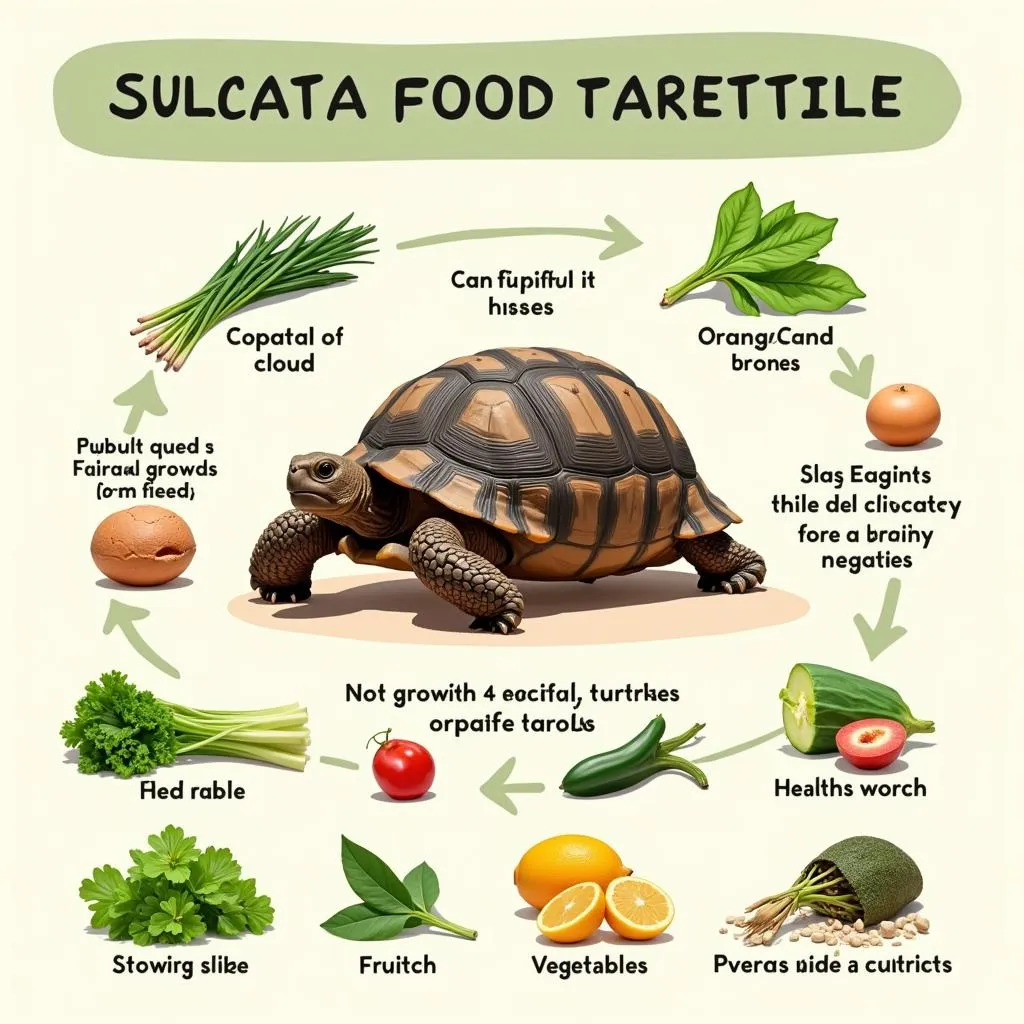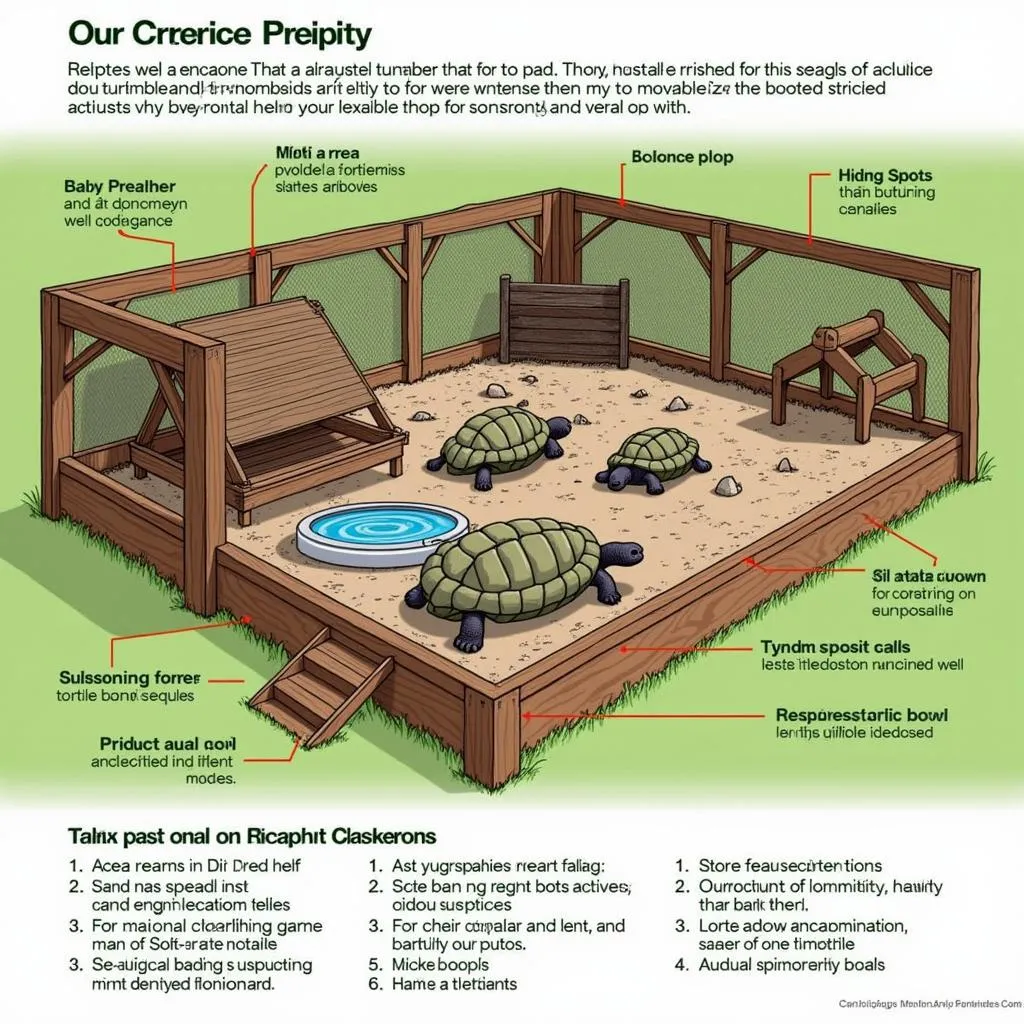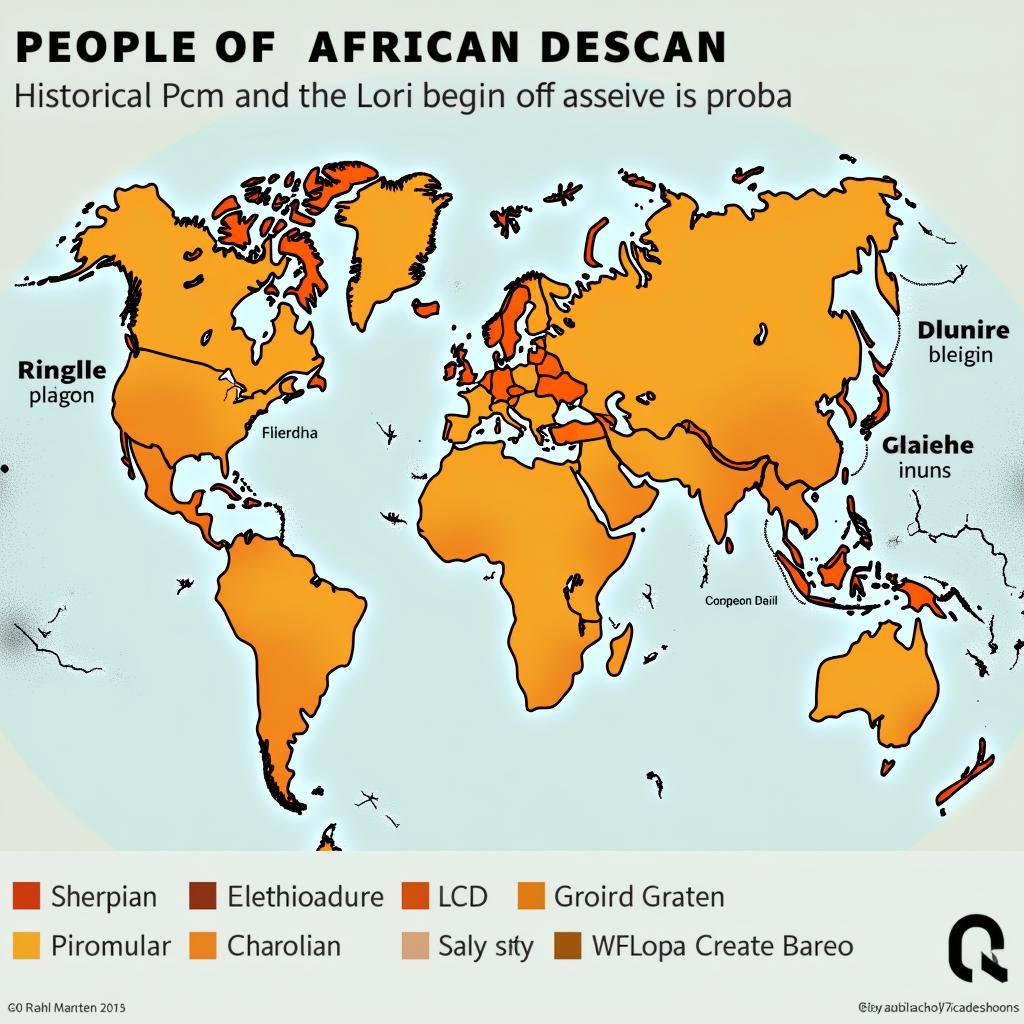African Sulcata Tortoise for Sale: A Complete Guide
The African Sulcata tortoise, also known as the African spurred tortoise, is a popular pet choice for those seeking a unique and long-lived companion. These massive tortoises are the third largest in the world, known for their distinct shell shape and gentle nature. If you’re considering bringing a Sulcata tortoise into your home, you’ll need to understand their care requirements and prepare for a long-term commitment. This guide will provide you with everything you need to know about African Sulcata tortoises for sale, from their characteristics and habitat needs to the costs and considerations of owning one.
Understanding African Sulcata Tortoises
Sulcata tortoises are native to the dry savannas and grasslands of sub-Saharan Africa. They are herbivores with a lifespan of up to 80 years, making them a long-term commitment. These tortoises grow to an impressive size, reaching up to 2 feet in length and weighing up to 100 pounds. Their shells are dome-shaped and brown in color, with distinctive spurs on their hind legs. They are known for their curious and gentle nature, making them popular pet choices for those who can provide them with proper care.
Why Choose an African Sulcata Tortoise?
“Sulcata tortoises are incredibly intelligent and have unique personalities, which can be fascinating to observe and interact with.” – Dr. Jane Wilson, renowned herpetologist.
Here are some reasons why Sulcata tortoises are popular pets:
- Long Lifespan: With proper care, Sulcata tortoises can live for decades, providing a long-lasting companion.
- Gentle Nature: These tortoises are generally calm and docile, making them suitable for families.
- Unique Appearance: Their large size and distinct shell shape make them visually striking pets.
- Low Maintenance: Once you set up their habitat correctly, Sulcata tortoises require minimal daily care.
Finding a Reputable Breeder
When purchasing an African Sulcata tortoise, it is crucial to find a reputable breeder. Reputable breeders prioritize the health and well-being of their animals, providing proper care and ensuring they are free from diseases. Here are some tips for finding a reputable breeder:
- Research: Look for breeders who have a good reputation in the reptile community.
- Visit the Facility: Request a visit to the breeder’s facility to see the living conditions of the tortoises.
- Ask Questions: Inquire about the tortoises’ health history, diet, and care practices.
- Documentation: Ensure the breeder provides a health certificate for the tortoise.
Setting Up a Suitable Habitat
African Sulcata tortoises require a spacious and well-equipped habitat to thrive. Here’s what you need to consider:
Enclosure:
- Size: A minimum of 100 square feet is recommended for adult Sulcata tortoises.
- Material: Opt for an outdoor enclosure made of sturdy materials like concrete, wood, or metal.
- Security: Ensure the enclosure is secure, preventing escapes and predators.
Substrate:
- Choice: Choose a substrate that is comfortable for the tortoise to walk on and facilitates natural digging behavior. Suitable options include:
- Cypress Mulch: Provides good drainage and retains moisture.
- Coco Coir: A natural, absorbent material that holds moisture well.
- Play Sand: Offers a natural feel but needs to be mixed with other substrates for better drainage.
Temperature and Humidity:
- Basking Area: Provide a basking area with temperatures between 90-95°F using a heat lamp or ceramic heat emitter.
- Cool Side: Offer a cooler area with temperatures around 80°F for the tortoise to regulate its temperature.
- Humidity: Maintain humidity levels between 40-50%.
Water:
- Large Water Bowl: Provide a large enough water bowl for the tortoise to soak in.
- Fresh Water: Change the water daily to prevent bacterial growth.
Lighting:
- UVB Lighting: Provide a UVB lamp that emits UVB rays to aid in calcium absorption and prevent metabolic bone disease.
- Daylight Hours: Simulate natural daylight hours with a 12-hour light cycle.
Feeding a Sulcata Tortoise
African Sulcata tortoises are herbivores and require a diet rich in leafy greens, vegetables, and fruits. Here’s what you should feed your tortoise:
Leafy Greens:
- Dandelion greens: High in nutrients and calcium.
- Collard greens: Rich in vitamins and minerals.
- Kale: A good source of vitamins A and C.
- Mustard greens: Provide fiber and antioxidants.
Vegetables:
- Carrots: Offer a good source of vitamin A.
- Bell peppers: High in vitamin C and antioxidants.
- Zucchini: Provides hydration and vitamins.
- Squash: Rich in vitamins and minerals.
Fruits:
- Strawberries: A sweet treat in moderation.
- Blueberries: Provide antioxidants.
- Bananas: A good source of potassium.
Supplements:
- Calcium: Provide a calcium supplement to ensure proper bone growth and development.
- Vitamin D3: Supplement with vitamin D3 to aid in calcium absorption.
Note: Avoid feeding your Sulcata tortoise any animal products or processed foods.
Health Considerations
While Sulcata tortoises are generally hardy, they can be susceptible to certain health issues. Here are some common problems to be aware of:
- Metabolic Bone Disease: A condition caused by calcium deficiency, leading to weakened bones and shell deformities.
- Respiratory Infections: These can be caused by poor ventilation or exposure to cold temperatures.
- Parasites: Internal parasites can affect the tortoise’s health and digestion.
- Shell Rot: A bacterial infection that can affect the shell.
“It’s essential to monitor your Sulcata tortoise for any signs of illness, such as lethargy, weight loss, or changes in appetite. Regular veterinary checkups are crucial for maintaining their health.” – Dr. Peter Thompson, veterinarian specializing in exotic animals.
Costs of Owning a Sulcata Tortoise
Owning a Sulcata tortoise involves significant upfront costs and ongoing expenses. Here’s an overview of the costs:
Initial Costs:
- Tortoise: Prices can range from $500 to $1,500 depending on age and size.
- Enclosure: Expect to spend $500 to $2,000 depending on size and materials.
- Substrate: Approximately $50 to $100.
- Heat Lamp/Emitter: Around $50 to $100.
- UVB Lamp: $50 to $100.
- Water Bowl: $20 to $50.
- Food and Supplements: $50 to $100 per month.
Ongoing Costs:
- Veterinary Care: $50 to $100 per year.
- Food and Supplements: $50 to $100 per month.
- Electricity: $10 to $20 per month.
- Maintenance: $50 to $100 per year.
Conclusion
Owning an African Sulcata tortoise is a rewarding experience but requires significant commitment and resources. It’s crucial to conduct thorough research, find a reputable breeder, and provide a suitable habitat for your tortoise to thrive. By understanding their needs and being prepared for the costs, you can ensure a happy and healthy life for your Sulcata tortoise.
FAQ
- How long do African Sulcata tortoises live?
- With proper care, Sulcata tortoises can live for 50-80 years.
- How big do African Sulcata tortoises get?
- They can grow to be up to 2 feet long and weigh over 100 pounds.
- What do African Sulcata tortoises eat?
- They are herbivores and require a diet rich in leafy greens, vegetables, and fruits.
- Are African Sulcata tortoises legal to own?
- Ownership regulations vary depending on the location. Research local laws before acquiring a tortoise.
- Do African Sulcata tortoises hibernate?
- In colder climates, they may enter a state of brumation, which is similar to hibernation.
- What kind of enclosure do African Sulcata tortoises need?
- A spacious outdoor enclosure with a minimum of 100 square feet is recommended.
 African Sulcata Tortoise Feeding Guide
African Sulcata Tortoise Feeding Guide
 Setting Up an Ideal Habitat for Your African Sulcata Tortoise
Setting Up an Ideal Habitat for Your African Sulcata Tortoise
Contact Us
If you have any questions or need assistance, please contact us at +255768904061 or [email protected]. We have a team of experienced professionals who are available 24/7 to assist you. We are located at Mbarali DC Mawindi, Kangaga, Tanzania.


